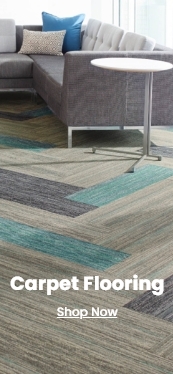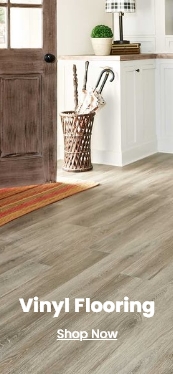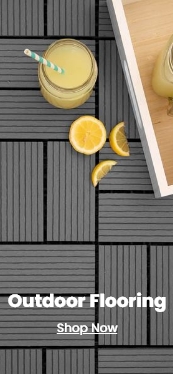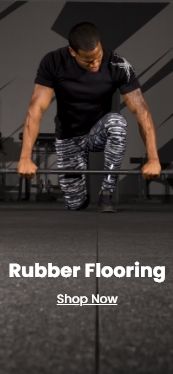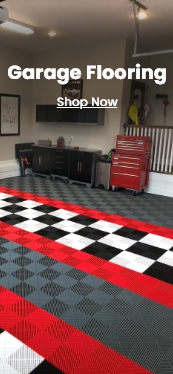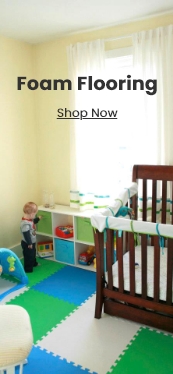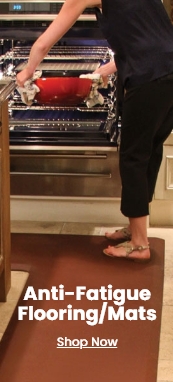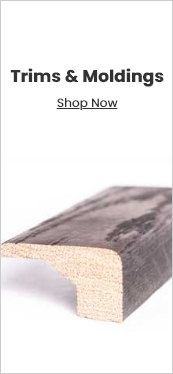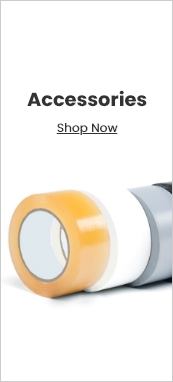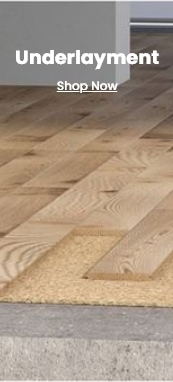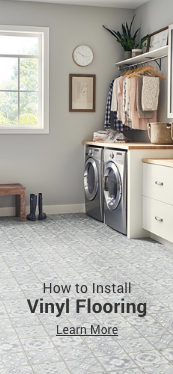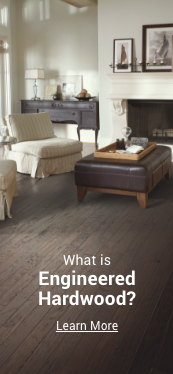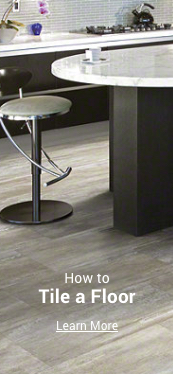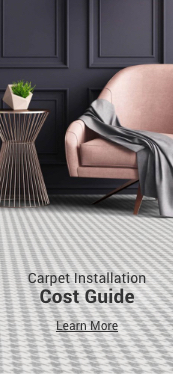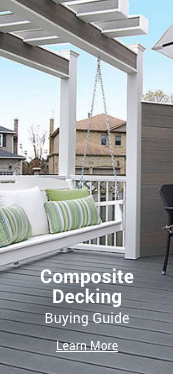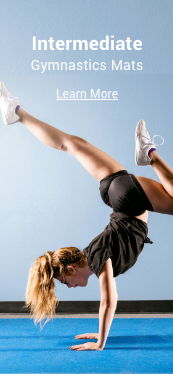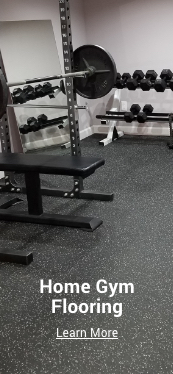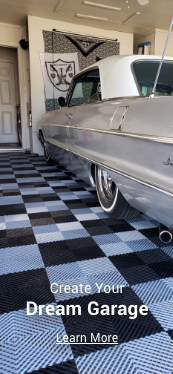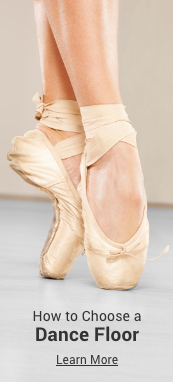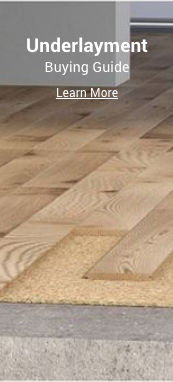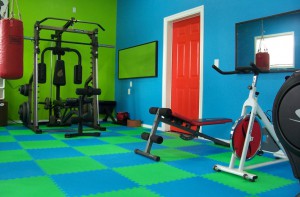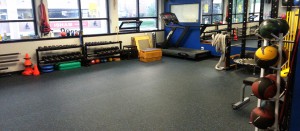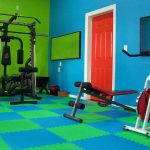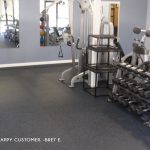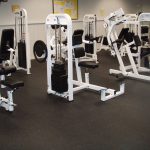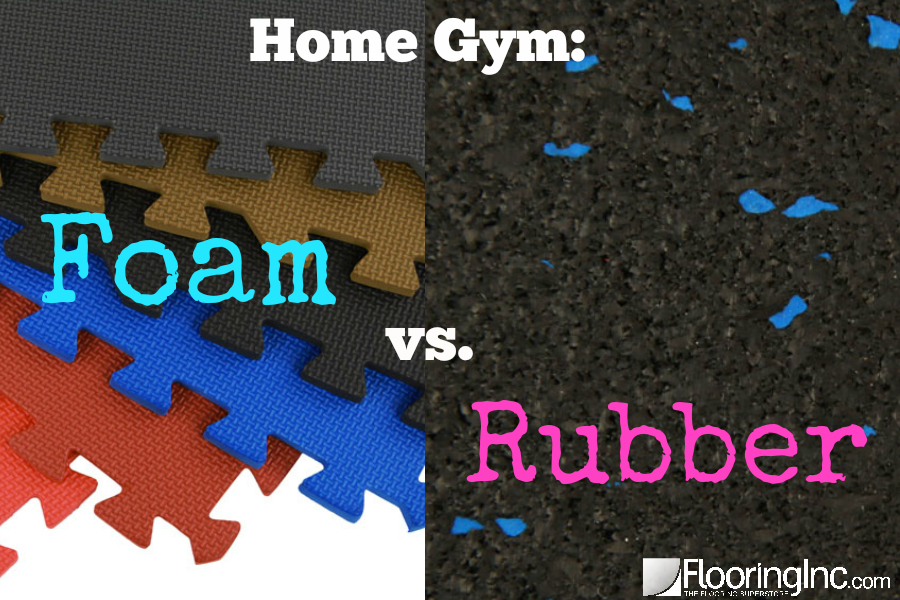
Home Gym: Foam vs Rubber
Home Gym: Foam vs Rubber
Ready to build your home gym, but don’t know where to start? We’ll give you the low down on foam vs rubber to help you choose between the big 2 gym flooring options. Learn the pros and cons of each and decide which is the best option for you.
If you’re anything like me, you might not have even heard about rubber or foam flooring until you embarked on this adventure towards 6 pack abs at home. Or, ya know, a healthier lifestyle at home.
For a long time, I would go to the gym regularly but never gave a second thought to what type of floor I was working out on or how someone would even go about buying flooring for a gym. Once you google for a hot minute, you can see that the two most common options for a home gym are rubber flooring and foam flooring.
Related content >> Home Gym Buyer’s Guide
Foam Flooring for Home Gyms
Foam flooring is great for a first time home gym. Perfect for lightweight and bodyweight exercises, with plenty of cushion for your joints and an affordable sticker price, foam is a great place to start for your basic home gym!
You can use foam tiles or foam mats to create your ideal home sweat-space. Pick and choose different colored tiles to give a checkered or multi-colored look to your home gym. Foam can also double as a kids’ playroom, making it super versatile for families, and a great way for parents to workout at home with the kiddos!
Related content >> Start Your Weight Loss Journey
Pros of Foam Flooring for Home Gyms
- Lightweight. Foam is naturally light and incredibly easy to move. This makes installation a breeze, and you can even make a portable gym floor that can be taken up when you’re through with your workout.
- Flexible and shock absorbent. That shock absorbency is great on your joints and helps protect your floor.
- Soft. Because, have you ever tried doing floor exercises on a tile floor?
- Waterproof. Spills and sweat are no problem – just simply wipe off the foam tiles and, voila, they’re good as new.
- Excellent insulator. You won’t have to wear all those extra layers in the winter months! Foam keeps the warmth in and the cool air out.
- Wide variety of colors. You can mix and match to create exactly the look you want.
- Available in interlocking tiles or portable mats. Mats are great for a temporary fix, but tiles are super easy to install and great for a more permanent (but still easily movable) dedicated workout space.
- Easy to install and keep clean. Mats require zero installation and interlocking foam tiles take only minutes. With both flooring options, they just require the occasional wipe down with a mild cleaning solution to stay fresh and sparkling.
Related content >> Ken’s Story: How One Man Lost 300lbs and Got His Life Back
Cons of Foam Flooring for Home Gyms
- Will indent under heavy weights. Foam is soft and that softness is excellent for body weight workouts and light weights, but foam is not the best option for heavy lifting. You just need something a little more durable for your swole.
- Less durable than rubber. Foam is cheaper and softer than rubber, but it is also (most of the time) less durable. It will definitely hold up to typical at-home workouts, but it won’t last you quite as long as rubber.
- Can be punctured or scratched. Again, foam is soft, which makes it more susceptible to punctures, tears and scratches.
Best Uses for Foam Flooring in Home Gyms
- Yoga
- Bodyweight exercises
- Stretching
- Lightweight conditioning
Related content >> 10 Bodyweight Exercises for Your Home Gym
Rubber Flooring for Home Gyms
Rubber flooring is a great choice for any home gyms and commercial gyms alike. With endless options and excellent durability, rubber is the #1 choice for gym flooring.
Rubber flooring is built to stand up to heavy cardio equipment, such as ellipticals, treadmills and the torturous stair machine (seriously, it never gets easier!), as well as plyometrics (jumping movements) and even the weight of heavy barbells. Choose from tiles, rolls and mats to create your dream gym.
Pros of Rubber Flooring for Home Gyms
- Extremely durable. Unlike foam, rubber is built to handle your toughest workouts. You can really go ham on your rubber floor and it will take the abuse in stride!
- Excellent insulator against sound transmission. Read –> it keeps things quiet.
- Able to withstand heavy weight equipment. 600lb deadlifts? Treadmills? No problem! You want to make sure you go for the correct thickness if you will be dropping extremely heavy weights, but rubber can totally handle it.
- Green options. Recycled rubber is great for the environment!
- Available in easy to install interlocking tiles and low-cost rubber rolls. Tiles are a piece of cake to install, but rolls are (usually) less expensive. Either way, the floor is going to be durable and support you in all your workouts. The choice is whether you want a lower price point and longer installation or the ease of interlocking tiles with a little extra spend.
- East to clean. Just like foam, all you have to do is wipe down your rubber floor every now and then with a mild cleanser and you’re good to go.
Related content >> Rubber Flooring Buyer’s Guide
Cons of Rubber Flooring for Home Gyms
- Rubber flooring is very heavy. This makes it challenging to move yourself, especially large rubber rolls.
- Does not insulate well against temperature transmission. That means it won’t keep you warm the way foam can. Layer up.
- Cost. Bright colored rubber is usually made from virgin rubber and can be more costly. Additionally, because rubber is so durable, it often costs a little more than foam in general.
Best Uses for Rubber Flooring In Home Gyms
- Weightlifting
- Plyometric movements
- Olympic weightlifting
- Underneath cardio equipment
- Just about anything!
Related content >> 4 Options for Home Gym Flooring
In Conclusion
Ultimately, only you can decide if rubber or foam is the best choice for you, but we can help you out a little. If you’re just getting into exercise and want something lightweight and inexpensive, you’ll do great with foam!
However, if you know you’re going to be working hard with heavy weights and explosive movements, you should bite the bullet and go for the rubber. It will last you longer and support you better in intense workouts.
Ready to shop for home gym flooring? Here are our most popular options:

